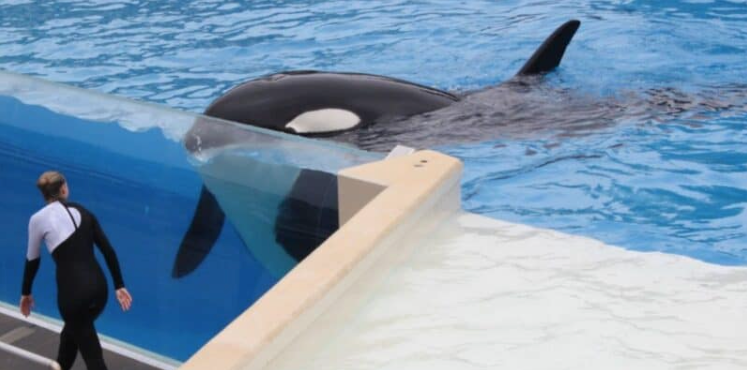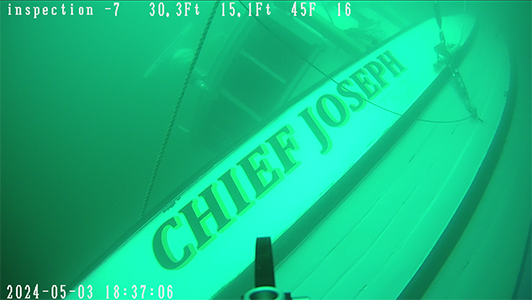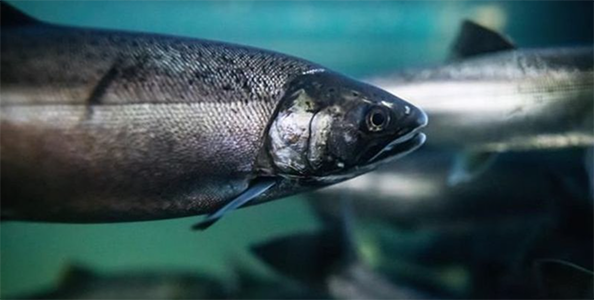||| FROM INSIDETHEMAGIC.NET |||
Protestors swarmed SeaWorld on Monday (September 4) to demand the freedom of its captive creatures.
Keeping animals in captivity is always a controversial topic – especially when it comes to killer whales and SeaWorld. In 2013, the release of the documentary Blackfish turned huge numbers of past and prospective guests against the theme park thanks to its focus on the tragic life of one of its most infamous residents: Tilikum.
Captured in Iceland at the age of two in 1983, Tilikum was a killer whale who spent his first few years of captivity at Sealand of the Pacific in Victoria, British Columbia. In 1991, one of his trainers, Keltie Lee Byrne, slipped into the tank containing Tilikum and his two tank-mates, Nootka IV, and Haida II, who reportedly bullied Tilikum. When Byrne fell, he dragged her underwater by the foot and refused to let go, ultimately leading to her death.
When Sealand of the Pacific closed down a year later, Tilikum was sold to SeaWorld Orlando in Florida. There, he sired 21 calves and was involved in two more fatal accidents. The first came in 1999 when Daniel P. Dukes hid in the park overnight and climbed into Tilikum’s tank, where was found severely mutilated the next morning.

The third – and final – attack came in 2010 when Tilikum killed SeaWorld trainer Dawn Brancheau. Having just completed a Dine with Shamu show, Brancheau was rubbing Tilikum as part of the usual post-show routine when he grabbed her by her ponytail and dragged her into the water.
These deaths were all explored in Blackfish, which claimed that Tilikum’s aggression was the result of captivity-induced psychological damage. Since then, attendance at SeaWorld has dropped significantly, leading SeaWorld Orlando, SeaWorld San Diego, and SeaWorld San Antonio to ditch their orca breeding programs and abandon the concept of orca performances.









All marine park n Sea world should shut down captivity kills all tanks must be empty we ND to put an end to captivity